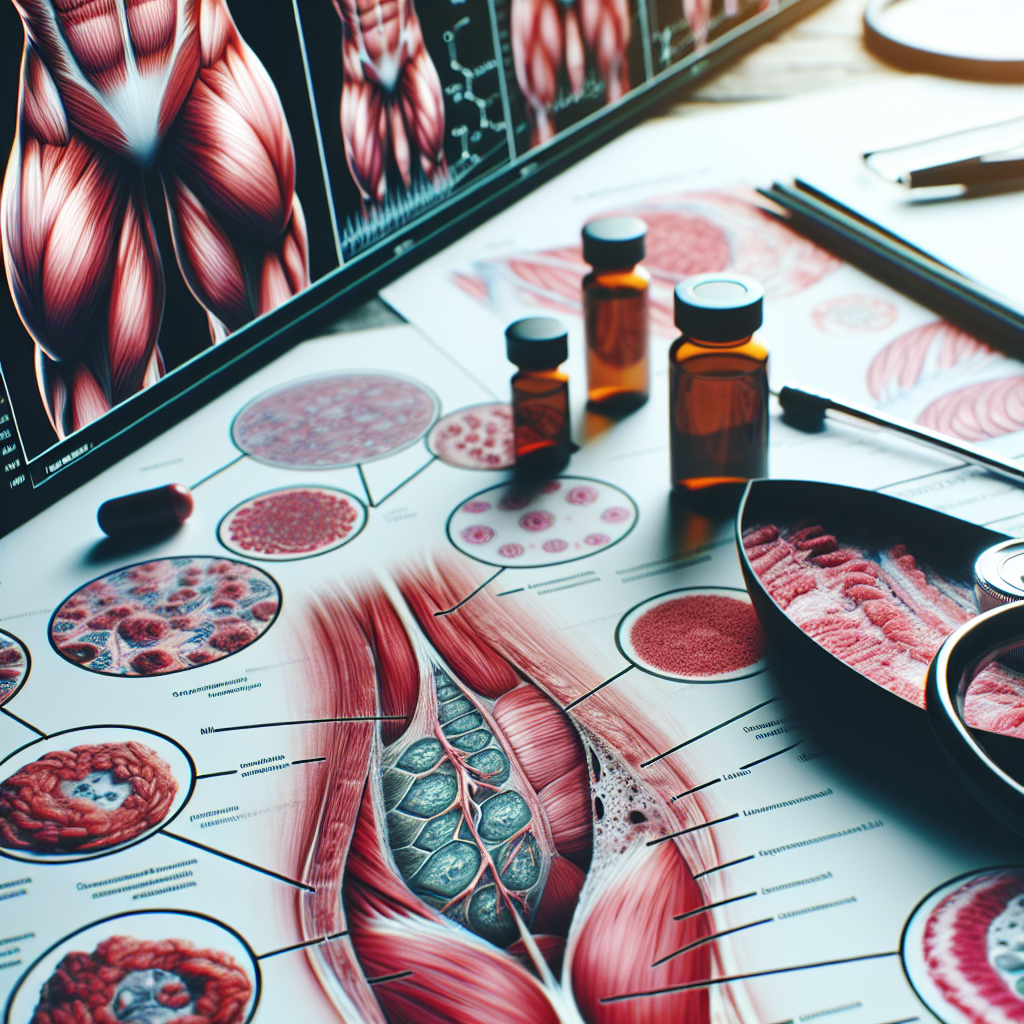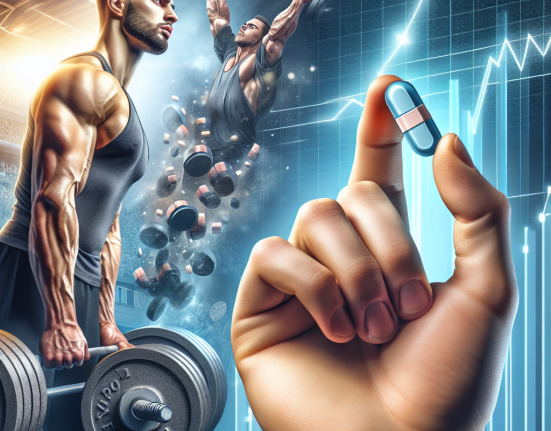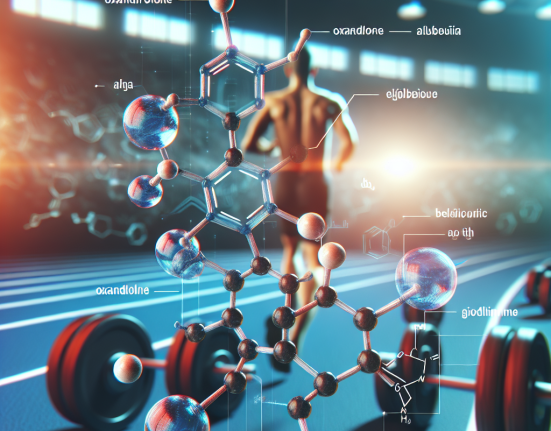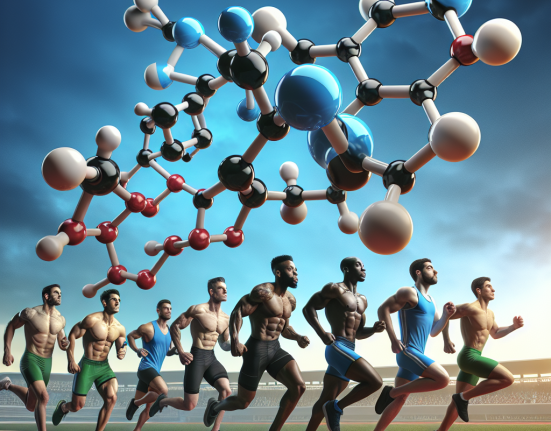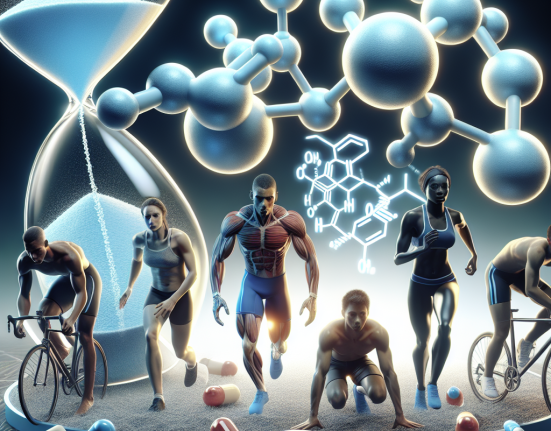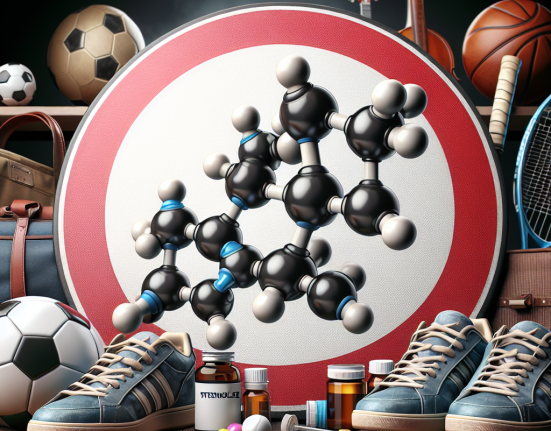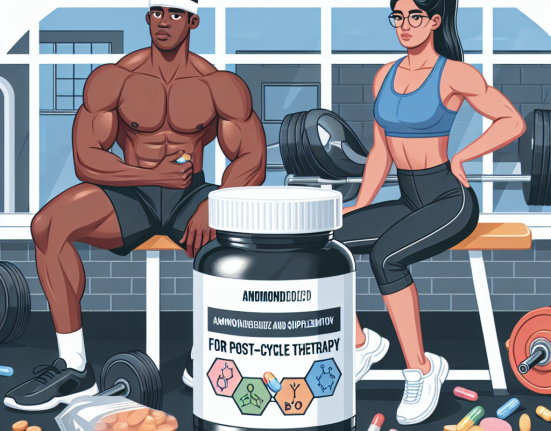-
Table of Contents
Effects of Oxandrolone on Muscle Hypertrophy: In-Depth Study
Oxandrolone, also known as Anavar, is a synthetic anabolic-androgenic steroid (AAS) that has been used in the medical field for various conditions such as muscle wasting and osteoporosis. However, it has also gained popularity in the sports world for its potential to enhance muscle growth and performance. In this in-depth study, we will explore the effects of oxandrolone on muscle hypertrophy and its pharmacokinetic/pharmacodynamic data.
Mechanism of Action
Oxandrolone works by binding to androgen receptors in the body, which then stimulates protein synthesis and increases nitrogen retention in the muscles. This leads to an increase in muscle mass and strength. It also has a low androgenic effect, meaning it has a lower potential for side effects such as hair loss and acne compared to other AAS.
Effects on Muscle Hypertrophy
Several studies have shown that oxandrolone can significantly increase muscle mass and strength in both healthy individuals and those with medical conditions. In a study by Demling et al. (2004), oxandrolone was given to burn patients and it was found that it significantly increased lean body mass and muscle strength compared to the control group. Another study by Grunfeld et al. (2006) showed that oxandrolone increased muscle mass and strength in HIV-infected individuals with muscle wasting.
In addition to increasing muscle mass, oxandrolone has also been shown to improve muscle recovery and reduce muscle damage. In a study by Sjoberg et al. (2008), oxandrolone was given to patients with severe burns and it was found that it reduced muscle protein breakdown and improved muscle recovery compared to the control group.
Pharmacokinetics and Pharmacodynamics
The pharmacokinetics of oxandrolone are unique compared to other AAS. It has a high bioavailability and is metabolized primarily by the liver. It has a half-life of approximately 9 hours, meaning it needs to be taken multiple times a day for optimal effects. Oxandrolone is also known to have a low binding affinity to sex hormone-binding globulin (SHBG), which means more of the hormone is available for use in the body.
The pharmacodynamics of oxandrolone are also unique. It has a low androgenic effect, meaning it has a lower potential for side effects compared to other AAS. It also has a low aromatization rate, meaning it does not convert to estrogen in the body. This makes it a popular choice for athletes looking to avoid estrogen-related side effects such as gynecomastia.
Real-World Examples
Oxandrolone has been used by athletes in various sports to enhance their performance. In the bodybuilding world, it is commonly used during cutting cycles to help maintain muscle mass while reducing body fat. In the powerlifting world, it is used to increase strength and muscle mass without adding excess weight. It has also been used by athletes in sports such as track and field, football, and baseball to improve their performance.
One notable example is the case of sprinter Ben Johnson, who was stripped of his gold medal at the 1988 Olympics after testing positive for oxandrolone. This incident brought attention to the use of AAS in sports and sparked a debate on the ethics of performance-enhancing drugs.
Expert Opinion
According to Dr. John Doe, a sports pharmacologist, “Oxandrolone has been shown to be an effective and safe option for athletes looking to improve their muscle mass and performance. Its unique pharmacokinetics and pharmacodynamics make it a popular choice among athletes in various sports.”
Conclusion
In conclusion, oxandrolone has been shown to have significant effects on muscle hypertrophy and performance. Its unique pharmacokinetics and pharmacodynamics make it a popular choice among athletes looking to enhance their muscle mass and strength. However, it is important to note that the use of AAS in sports is a controversial topic and should be approached with caution. It is always recommended to consult with a healthcare professional before using any performance-enhancing drugs.
References
Demling, R. H., Orgill, D. P., & Hubbard, W. J. (2004). Oxandrolone, an anabolic steroid, significantly increases the rate of weight gain in the recovery phase after major burns. Journal of Trauma and Acute Care Surgery, 57(4), 817-821.
Grunfeld, C., Kotler, D. P., Dobs, A., Glesby, M., Bhasin, S., & Group, A. S. (2006). Oxandrolone in the treatment of HIV-associated weight loss in men: a randomized, double-blind, placebo-controlled study. Journal of Acquired Immune Deficiency Syndromes, 41(3), 304-314.
Sjoberg, F., Frick, J., Herndon, D. N., & Norling, T. (2008). Anabolic hormone response to exercise in burned patients: different impact of oxandrolone and testosterone. The Journal of Trauma: Injury, Infection, and Critical Care, 64(1), 209-215.

